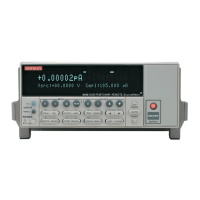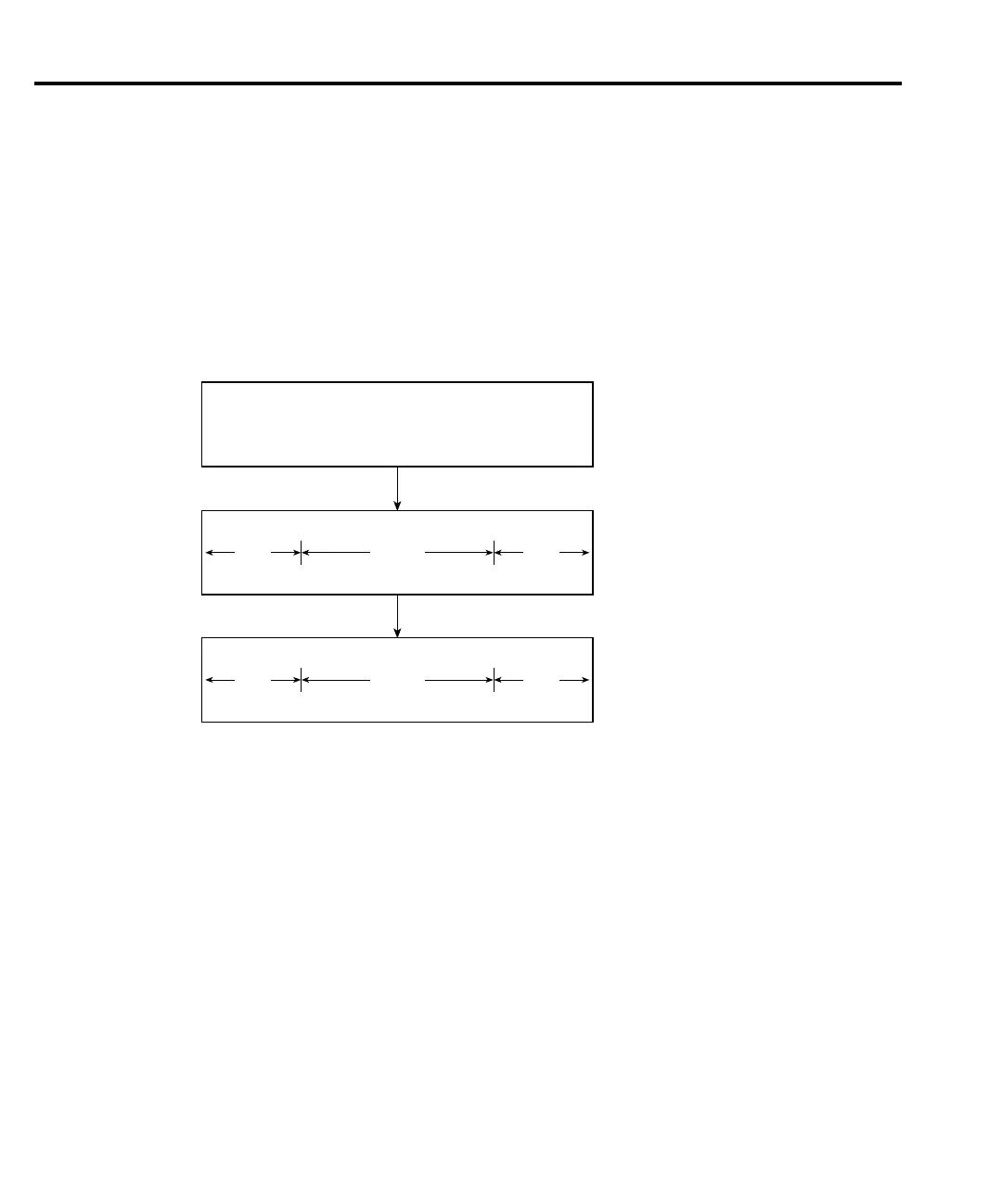11-2 Limit Testing
Types of limits
As shown in Figure 11-1, there are 11 limit tests that can be performed on a DUT.
• Limit 1: compliance test
• Limit 2: course limits
• Limits 3, 5-12: fine limits
A test is only performed if it is enabled. Thus, you can perform one, two, or all 11 tests. The
tests are always performed in the order shown in the drawing.
Pass/fail information
Pass/fail information for limit tests can be obtained as follows:
• A “PASS” or “FAIL” indication on the front panel display.
• By programming the unit to output specific pass/fail bit patterns on the Digital I/O port,
which can be used to control other equipment such as a device handler for binning oper-
ations. See Binning systems later in this section and Section 12, Digital I/O port, for
more information.
• With the :CALCulate2:LIMit<n>:FAIL? query via remote, where <n> is the limit test
number (Section 17, CALCulate 2).
• By reading various status bits (Section 14, Status structure, and Section 17, FORMat
subsystem.)
• By noting a “P” or “F” preceding buffer location numbers (Section 8, Buffer location
number).
Pass
Limit
LO
Fail Fail
Limit
HI
Pass or Fail on Compliance
Pass
Limit
LO
Fail
Fail
Limit
HI
Limit 1 Test
(Compliance)
Limit 2 Test
(Coarse Limits)
Limit 3, 5-12 Tests
(Fine Limits)
Figure 11-1
Limits tests

